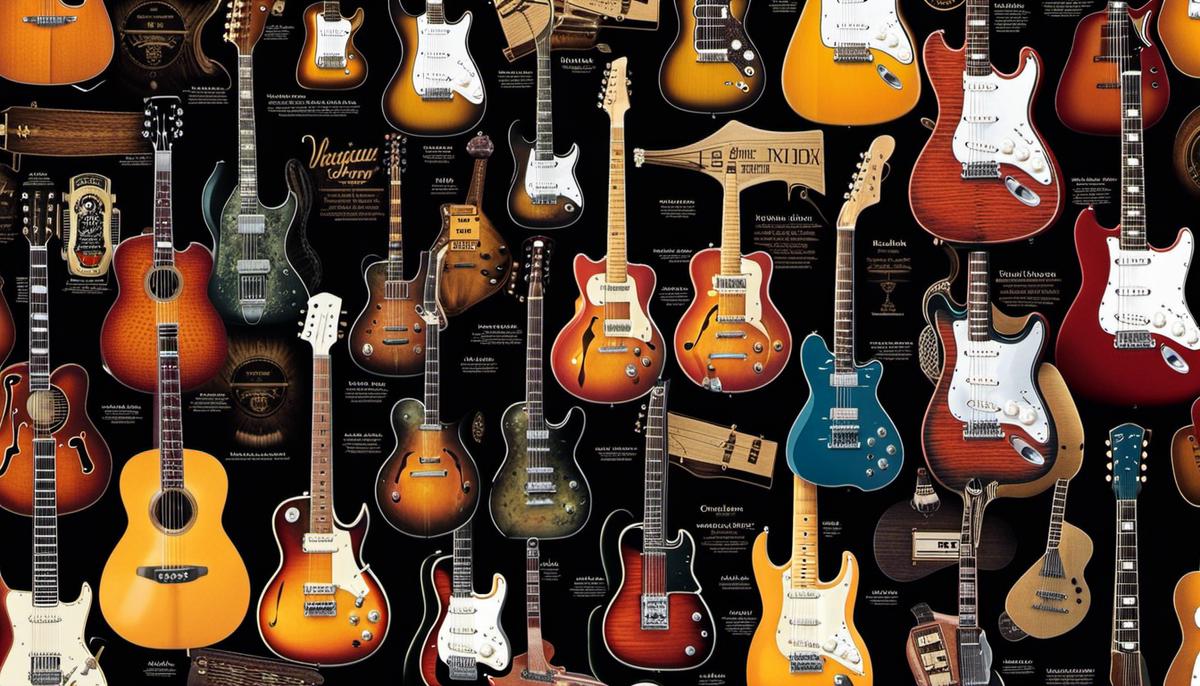
The artful beauty and opulent resonance of vintage guitars create a magnetism that attracts not only musicians but also collectors and investors. These fascinating instruments carry a certain mystique that is rooted within their illustrious histories, distinct design, and celebrated craftsmanship. This exploration unveils the allure of vintage guitars – their rich lineage, unique characteristics, and overall importance within music history. Furthermore, it provides an illuminating guide on investment considerations and maintenance techniques, ensuring one’s prized guitar ages with grace and maintains its value over time.
Understanding Vintage Guitars
Defining Vintage Guitars
Technically, vintage guitars are instruments that were built at least 30 years ago. However, in the collectors’ community, the term “vintage” often comes with additional connotations that extend beyond the time of manufacture. A guitar could be regarded as vintage because it exhibits superior craftsmanship, carries historical significance, or was constructed using now-banned or rare materials. Sometimes, a guitar might be classified as vintage simply because it’s no longer in production.
The Vintage Guitar Era
Vintage guitars, particularly those from the “Golden Era” of electric guitar making – roughly the 1930s through the 1970s—are highly sought after. Industry giants like Gibson, Fender, Gretsch, and Martin produced guitars during this era with distinctive qualities that make them stand out from contemporary products. Guitars produced in this period are associated with notable musicians like Elvis Presley, The Beatles, and Jimi Hendrix, enhancing their collector value.
Types, Brands, and Models
Vintage guitars come in all shapes and sizes, from hollow-body and semi-hollow guitars to solid-body electric and acoustic models. Brands such as Fender, Gibson, and Rickenbacker led the pack in the 1950s and 60s with iconic models like the Stratocaster, Les Paul, and 360/12, respectively. Other noteworthy models include the Gibson SG, Fender Jazzmaster, and Gretsch Country Gentleman. Martin, a renowned acoustic guitar maker, remains a significant player in the vintage guitar market with their pre-war D-28 Dreadnoughts commanding high prices.
Notable Features of Vintage Guitars
Vintage guitars often exhibit features that are either not present or less common in modern guitar construction. These may include the use of Brazilian rosewood – now a protected species, nitrocellulose finishes, hand-wound pick-ups, and old-school manufacturing techniques like body contouring done by hand.
Factors Contributing to Uniqueness & Value
Several factors contribute to the uniqueness and value of vintage guitars. Elements such as the craftsmanship, the aging of the wood, and the historic significance of the piece can all influence its value. Rarity is another key factor — limited edition models, special orders, or guitars whose production abruptly ended due to changes in manufacturing methods or materials can garner higher prices.
Why Vintage Guitars Attract Collectors
There’s more to vintage guitars than just their historical charm, many of these instruments have a distinctive sound or tone that newer models find hard to emulate. This exceptional tonal quality makes them highly sought-after by both musicians and collectors. Alongside their auditory appeal, vintage guitars can also serve as an intriguing link to a particular period, artist, or musical trend, adding to their allure. Not just a piece of musical instrument, vintage guitars can increase in value over time, functioning as an investment while providing a certain pleasure.
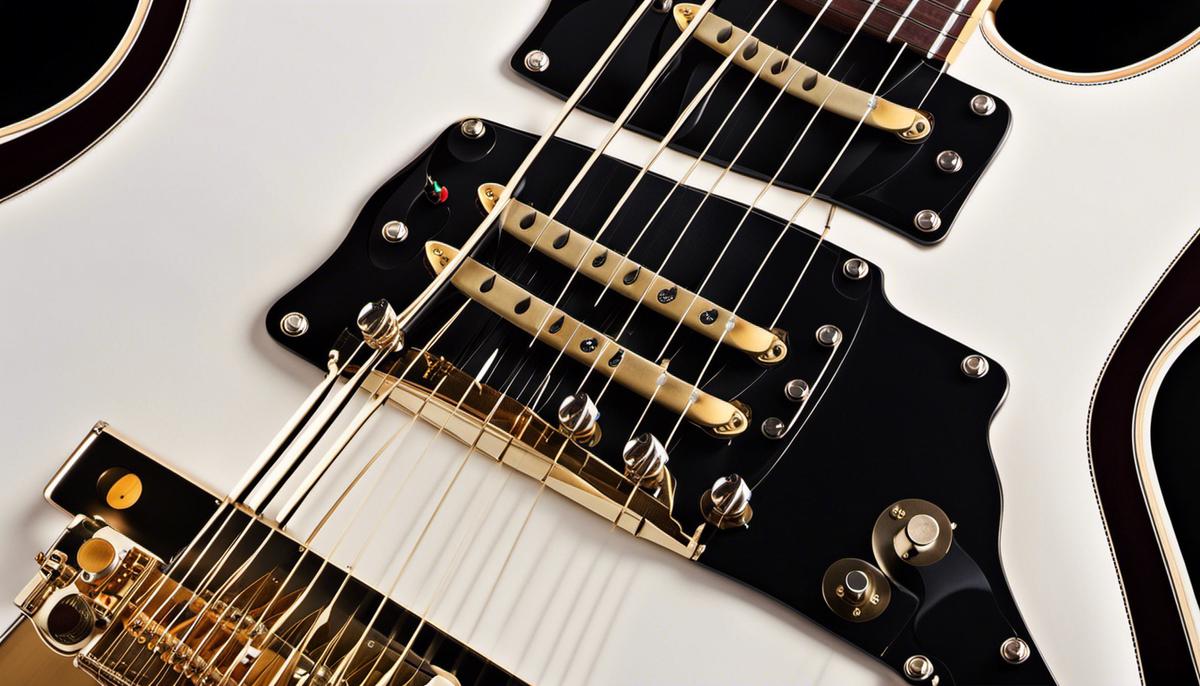
History and Evolution of Vintage Guitars
Understanding the Origins of Vintage Guitars
Delving into the history of vintage guitars, we’re taken back to the 19th century when the foundations of the modern classical guitar were set by Antonio de Torres, a Spanish guitar maker. Drawing inspiration from the earlier designs of lutes and vihuelas, Torres pioneered the conventional design of a guitar, featuring a large sized hollow body with six strings, a concept still influential today. Concurrently in the U.S., Christian Friedrich Martin, a German immigrant and the founder of CF Martin & Co, was revolutionizing guitar design by incorporating X-braced tops, a game changer in the world of luthiery.
Cultural Impacts and Evolution
The 20th century saw the guitar becoming more than just a musical instrument. It became a symbol of cultural movements, rebellion, and musical innovation. Its popularity soared with the advent of rock ‘n’ roll, folk, blues, and country genres. American companies like Gibson and Fender introduced new electric guitar models which were readily adopted by musicians seeking different sounds and styles. As the popularity of these guitars grew, so too did their subsequent value in the vintage market.
Advancements in Technology
The introduction of the electric guitar in the 1930s marked a significant development. This new model was amplified, allowing for a louder, clearer sound that could be manipulated using electronic effects. The Gibson Les Paul and the Fender Stratocaster, produced in the 1950s, are the two most iconic electric vintage guitar models – collected for their historical importance as well as their unique tonal qualities.
Influential Craftsmen and Manufacturers
Beyond the innovative manufacturers like Fender, Gibson, and Martin, other noteworthy craftsmen have left an indelible mark on the history of vintage guitars. For example, Paul Reed Smith’s “PRS” guitars, introduced in the late 1980s, quickly became collector’s items due to their blend of craftsmanship and modern convenience.
Vintage Guitar Collecting
In the 1980s, as the appreciation for the craftsmanship and sound of vintage guitars grew, the concept of vintage guitar collecting took off. Collectors sought out instruments for their unique sounds, historical value, and investment potential. Rare, well-preserved vintage guitars can command high prices on the collector’s market. However, for many, the appeal of vintage guitars goes beyond their monetary value – many collectors being attracted to the unique tone, aesthetic, and feel of play that these instruments provide.
Understanding Variations
The appreciation of vintage guitars also requires understanding of the variations among models and makes. For example, a single year’s production can produce significant differences in the guitar’s playability, value, and character. Affectionately known as the “pre-CBS” Fender models, those produced before the Columbia Broadcasting System took ownership of the company in 1965 are considered to be superior in terms of quality and craftsmanship.
Preservation and Maintenance
High-quality vintage guitars can last for over a century if properly preserved and maintained. Many collectors invest in specially designed cases or climate-controlled rooms to protect their assets. Additionally, understanding the care and adjustment of these older instruments is key to their longevity.
A Glimpse into the Future of Vintage Guitar Collecting
With the advent of the digital era and improved guitar manufacturing technology, the market and demand for vintage guitars has experienced a significant shift. Modern guitar-makers now possess the skills to recreate the classic sound and feel of vintage guitars, coupled with superior dependability, and all at a more affordable cost. Despite this, the unique opportunity to possess a piece of music history keeps the demand for vintage guitars steady. The realm of vintage guitar collecting is as thrilling as it is rewarding, and projects a dynamic future shaped by a fusion of historical enthusiasm, music trends, and technological progression.

Guide to Buying Vintage Guitars
Grasping the Importance, Rarity, and Value of Vintage Guitars
Guitars crafted before the 1970s are broadly classified as vintage, although there are exceptions with certain models from the ’70s and ’80s being designated as vintage due to their distinctive attributes or historical significance. The price tag of a vintage guitar hinges on diverse elements such as its condition, rarity, the uniqueness of the specific model, age, and any connections to renowned musicians. A scarce model that is in outstanding condition can demand a high price in the collectibles market.
Recognizing Original Parts and Avoiding Reproductions
One crucial aspect of collecting vintage guitars is recognizing original parts. It is often the original components that give a vintage guitar its charm and value. Upgraded parts, replaced components, and general wear and tear can significantly drop the worth of a vintage guitar. Look for guitars with intact original features, including tuners, pickguards, bridges, pickups, knobs, and finishes. Also, assess any modifications, as any changes made over time can impact the guitar’s original integrity.
Reproductions are another major concern in the vintage guitar market. Reproductions are often manufactured to closely resemble a classic vintage guitar, but they lack the historical and sentimental value of a true vintage piece. It’s vital to familiarize yourself with the specific characteristics of the vintage model you’re considering to avoid falling prey to replicas.
Verifying the Age and Authenticity
Determining the age of a vintage guitar involves a thorough inspection of its physical attributes and can be tricky. Serial numbers are often a good starting point, but they should not be solely relied upon as they can be forged or modified. Also, different manufacturers have different systems for their serial numbers, which may have evolved over time.
Similarly, logos and brand names can be useful indicators, but these can also be misleading as they can be replicated. A thorough appreciation of the guitar’s construction materials, craftsmanship, and design evolution can help verify the age and authenticity of the instrument.
The guitar’s provenance – its history of ownership – is also a key aspect in verifying authenticity. Guitars with a documented and verifiable history that links them to recognized musicians or events in musical history are often the most authentic and desirable.
Condition Check
Lastly, the condition of the guitar is paramount. Factors to consider here include the structural integrity of the instrument (neck, body, hardware), any repairs (professional or amateur), playability, and sound quality. Damage like cracks, warp, and breaks can massively influence the value. So, ensure you conduct a comprehensive examination either by yourself or with a professional.
Embarking on the journey of collecting vintage guitars demands more than just an appreciation for music. It is an art form that necessitates patience, a breadth of historical knowledge, discerning judgment, and a profound passion for musical instrument history.
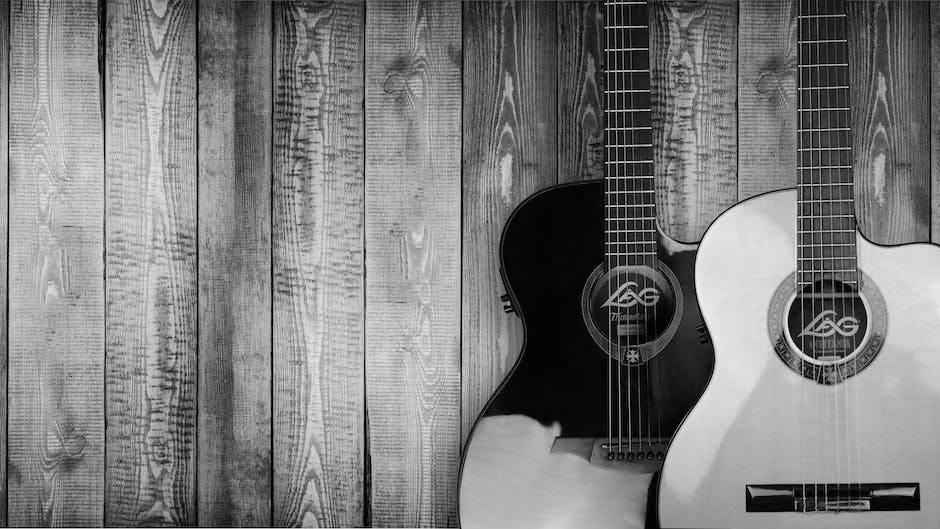
Vintage Guitar Maintenance
Mastering the Art of Vintage Guitar Maintenance
Just as with any valuable antique, vintage guitars need special care and preservation to maintain their condition and worth. Regardless of its age, a guitar can quickly lose its quality if not properly cared for. This risk is even more pronounced with vintage models, due to their advanced age and distinctive build materials.
Cleaning and Polishing: a Delicate Balance
Cleaning your vintage guitar can result in both aesthetic and functional improvements, but it’s important to utilize correct technique. First and foremost, avoid using harsh chemicals or abrasive materials that could potential damage the finish. Instead, opt for specialized guitar polishes that are designed to be gentle on sensitive materials. Use soft, lint-free cloths for applying the polish and buffing the surface. Remember to clean the fretboard as well, using a toothbrush and lemon oil to remove any build-up.
However, do not over-clean your vintage guitar, as excessive polishing can discolour or wear down the finish. Limit deep-cleaning sessions to once every few months, and dust off the surface as necessary in-between.
Proper Storage
Proper storage conditions are critical for preserving a vintage guitar. First of all, avoid extreme temperatures and rapid fluctuations, which can cause the wooden elements to warp or crack. Also, maintain a consistent humidity level, as overly dry or damp conditions can cause various problems with wood and metal components. Experts recommend a humidity level of about 45-50% for an optimal guitar life.
Where you physically store the instrument is equally as important. A hard shell case designed for your type of guitar – electric, acoustic, bass, etc. – will offer the best protection. Stand or wall mounts can also be used if the guitar is played regularly, but ensure they’re not placed near heat sources or in direct sunlight.
When to Seek Professional Help
At some point, your vintage guitar may require repairs or restorations to maintain its value and functionality. These services should generally be performed by trained professionals. Typical issues that require expert help include changing the neck or bridge, fixing cracks or breaks in the body, and rewiring or replacing pickups.
Know when to stop when it come to DIY repairs. Any significant work done improperly can drastically decrease the instrument’s value. If you’re unsure about any facet of maintenance or repair, consult with a qualified professional. Remember, a well-cared-for vintage instrument can offer superior sound and a strong monetary investment.
Consider Insurance
If your vintage guitar has significant financial or sentimental value, consider acquiring specialized insurance coverage for it. A standard homeowners or renters policy may not fully cover these items, specifically in the case of specialized restoration or replacement services. Specialized musical instrument insurance can offer peace-of-mind and financial protection for your vintage guitar collection.
In the world of vintage guitar collecting, preservation is key. Proper upkeep involves routine cleaning, careful storage, scheduled professional check-ups, and ensuring adequate insurance coverage. By following these guidelines, you can ensure that your treasured instrument maintains its worth and sound quality for many enjoyable years.
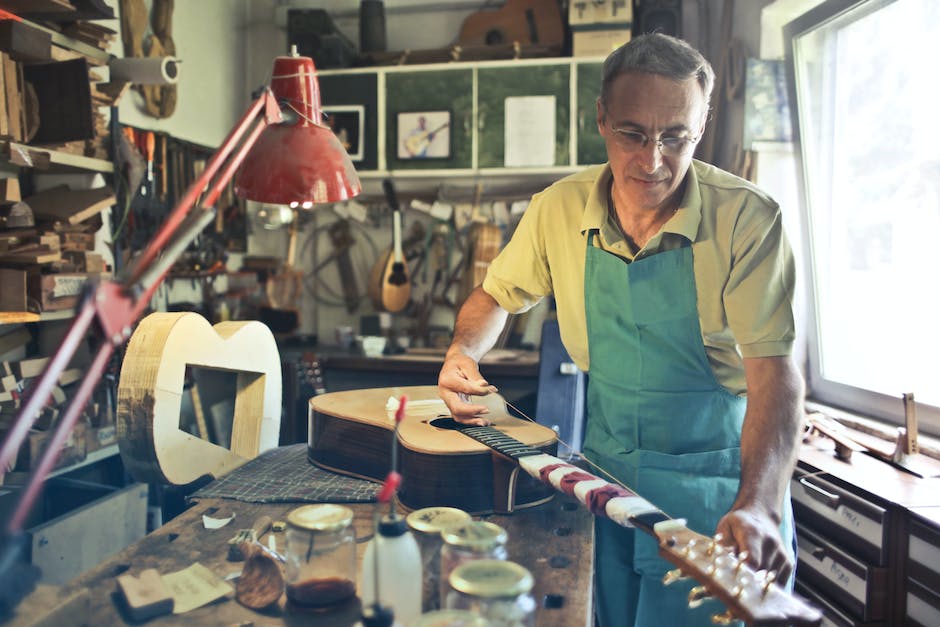
Investing in Vintage Guitars
Dipping Into the World of Vintage Guitar Investments
For those accustomed to the usual investment routes such as stocks, bonds, or real estate, the prospect of investing in vintage guitars could be a fascinating diversion. The market for these aged music pieces has seen significant growth in recent decades, making it an increasingly appealing venture for anyone with an appreciation of music and a knack for spotting superior craftsmanship.
Market Trends
Over the past few years, value of high-quality, rare vintage guitars from notable manufacturers such as Gibson, Martin, and Fender has steadily risen. There has been an influx of passionate collectors driving the demand, coupled with a scarcity of high-quality vintage instruments. The vintage guitars market has, therefore, gained recognition as a viable and potentially lucrative investment opportunity.
Factors Affecting Value
Several factors can significantly impact the value of a vintage guitar. These include the make and model, the year of manufacture, its condition, and any unique historical significance associated with it. For instance, guitars that have been owned or played by famous musicians often attract a hefty premium.
The rarity of the model and the desirability among collectors also play a crucial role in determining the guitar’s value. An extremely rare vintage guitar in excellent condition and with provenance can easily fetch six figure sums.
Maintaining or Increasing Value
Maintaining the condition of a vintage guitar plays a key role in retaining its value. Essential maintenance steps include regular tuning, cleaning, proper storage conditions like relative humidity of around 45-50% and annual professional services.
When aiming to increase a guitar’s value over time, it’s generally better to avoid modifications or non-original repairs as collectors tend to pay more for guitars in their original form.
Also, understanding the market and staying updated on trends is vital. Knowledge about the specific demand for particular brands, models, and years can make a huge difference in making valuable acquisitions and ensuring substantial returns on investments.
A Unique Investment Opportunity
Investing in vintage guitars isn’t solely about financial returns; for many investors, it’s equally about the joy of owning and playing the instrument. Therefore, vintage guitar collecting isn’t just for seasoned instrument collectors. It’s open to anyone with an interest in music, history, and craftsmanship. But like all investments, it requires careful research, due diligence, knowledge, patience, and sometimes, the willingness to hold onto your investment until the right moment to sell.
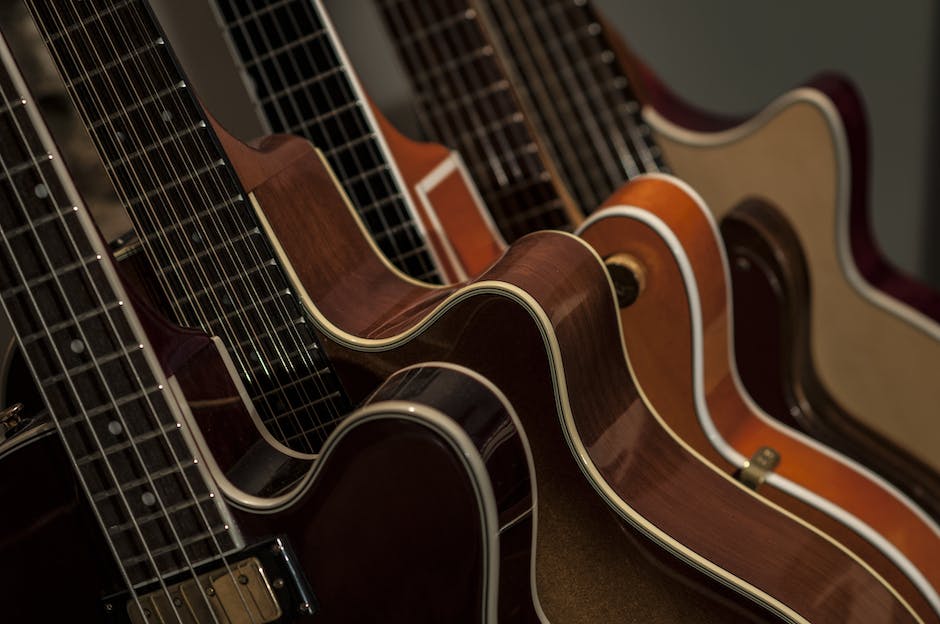
In essence, vintage guitars encapsulate a wondrous intersection of history, artistry, and investment opportunity. The joys of collecting these spectacular instruments extend far beyond their aesthetic and melodic appeal. They become tangible connections to the influential periods and styles of music that defined generations. The tips and insights detailed here lend extra confidence in navigating the fulfilling journey of collecting vintage guitars, allowing you to appreciate their intrinsic worth, preserve their pristine condition, and relish in the potential financial rewards that a well-curated collection can hold.
Comments are closed.